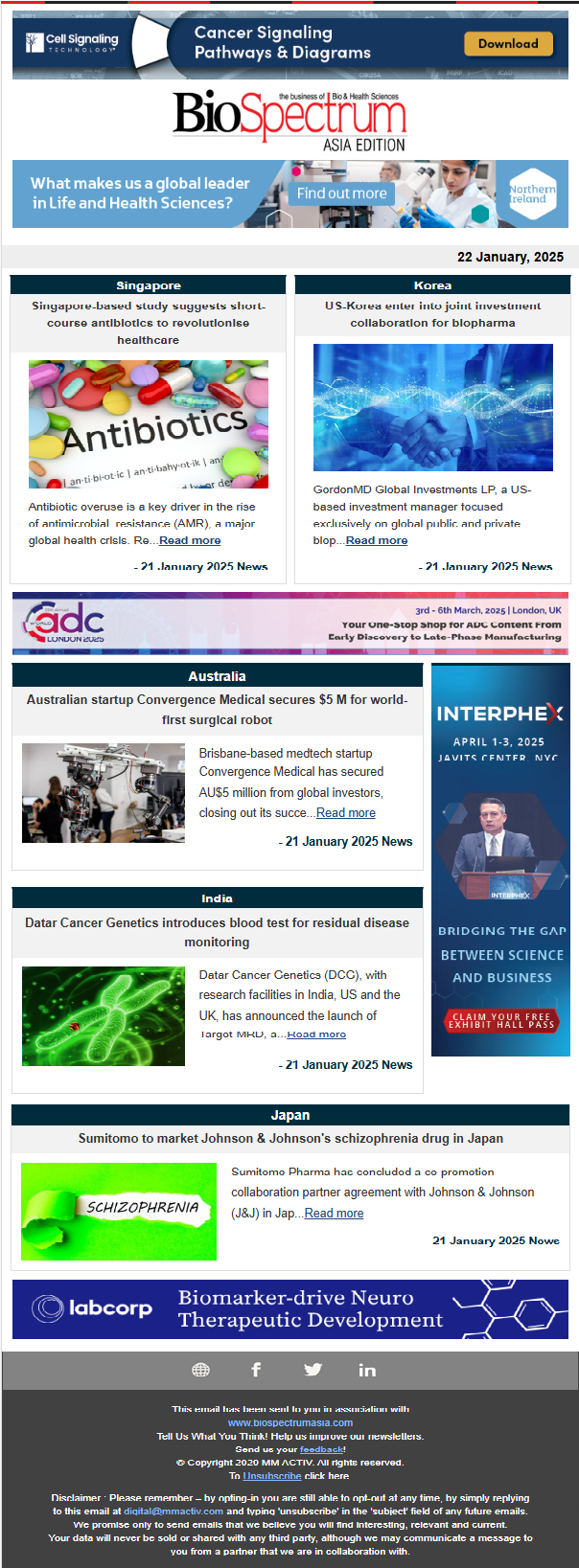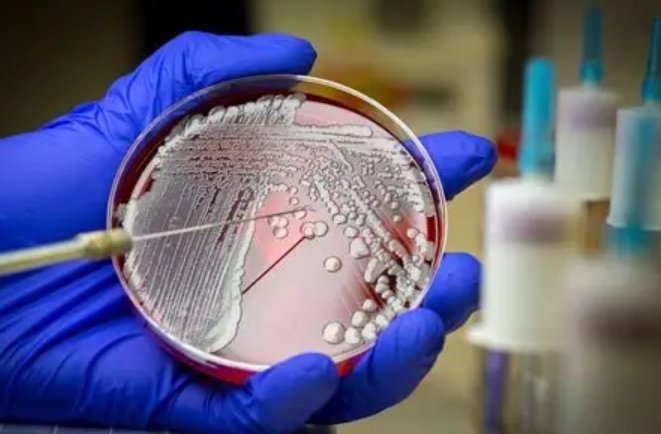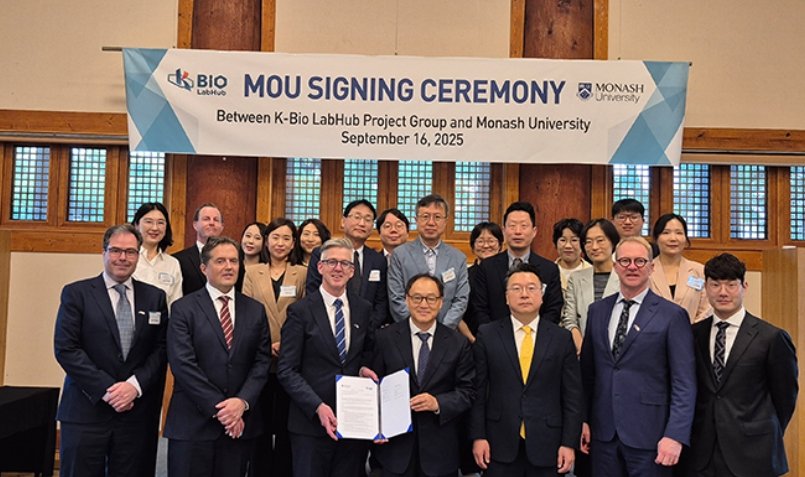
The first Antibody-Drug Conjugate (ADC) prototypes were developed more than 55 years ago by researchers of the Institut de Chimie des Substances Naturelles (Institute of Chemistry of Natural Substances, ICSN) who showed that chemotherapies such as Methotrexate covalently linked to polyclonal antibodies could deliver immunoglobin conjugates with improved cytotoxicity in vitro. It wasn’t until the year 2000 that the modality achieved clinical validity with the approval of Mylotarg, an ADC based on a DNA alkylating payload. This milestone triggered an ever-growing diversity of clinical programmes, which first led to the emergence of antitubulin ADCs from 2010.
Despite the early successes of auristatin and maytansinoid-based ADCs (Kadcyla and Adcetris), the technology also suffered several setbacks leading to project discontinuations. Later on between 2019 and 2020, the approval of Padcev, Enhertu, and Trodelvy sparked renewed optimism for the therapeutic potential of ADCs. These precisely-designed ADCs have shown promising clinical outcomes, significantly reducing the risk of disease progression or death in breast cancer patients. Despite these advances and successful treatments such as Kadcyla and Enhertu, challenges persist due to high discontinuation rates across multiple payload mechanisms.
Off-target toxicity in ADCs often necessitates dosage reductions, potentially leading to less effective cancer treatment. Traditional methods of repurposing established targets and linker-payload combinations frequently fall short. To balance efficacy and safety, careful ADC design with better target selection, improved linkers, and optimised payloads is essential. Learning from past experience can guide the development of ideal clinical candidates. The evolution of ADCs has been driven by site-specific conjugation technologies and innovative payload-linker strategies over the past two decades. Addressing high discontinuation rates requires a data-driven approach that leverages research data and technological advancements for developing next-generation ADCs.
The recent approval of Dapotomab-Deruxtecan confirmed that only a few payload modalities have led to clinical success despite the investigation of a wide range of cytotoxins, while the development of linker and conjugation strategies has played a subtle role in ADC elevation. For example, the incorporation of protease cleavable units in Vedotin and Deruxtecan linkers has allowed the release of cell permeable active entities to treat solid tumors with heterogeneous levels of expression of the targeted receptor. Site conjugation selection and linker solubilisation also represent two relevant ADC design strategies in view of the key role they play in maintaining hydrophilicity while containing unspecific ADC uptake associated with higher clearance and toxicity.
To stay ahead of the game in this “trojan horse” race, pharmaceutical companies focus on new target identification to bring differentiated ADCs to the clinic and eventually to the market for patients. Once a promising target and an associated internalising antibody have been identified, it is essential for research scientists to make thoughtful design decisions before moving new ADCs into preclinical and clinical phases. During that stage, it is also crucial to match key properties between the antibody and the linker-payload, such as, matching the receptor level expression and the overall payload potency (modulable with the Drug-Antibody Ratio [DAR]). The expression profile of the antibody target in healthy tissues can also influence the selection of the toxin class. ADC discovery groups need a variety of linker-payload and conjugation approaches to iteratively design, test and optimise ADC lead molecules.
The major pharmaceutical players who have recently joined the field of ADCs address this challenge through key external acquisitions aiming to simultaneously in-license a first ADC asset ready to enter their pipeline along with an ADC technology platform, which supports the growth of new ADC design. Several ADC-focused biotech companies have developed their internal linker chemistry platform, while some antibody-focused companies can choose to rely on strategic partnering to position assets in the field of ADCs. At Debiopharm, these strategies have enriched our ADC pipeline and will enable other companies to use our linker platform to develop new assets.
After intense exploration of linker possibilities, payload classes and novel targets, it is exciting to see that researchers remain creative and innovative to broaden the possibilities that bio-conjugates will offer to patients. In the early 2020s, ADCs derived from bi-specific antibodies were often perceived as complex and risky, while more than 100 preclinical programmes in the field are currently active and dozens have reached clinical evaluation. Other bioengineering approaches focus on antibody fragments, which hold the promise to improve conjugate diffusion through the tight endothelial barrier to improve conjugate penetration in tumoral tissues.
Innovative linker and payload design also aim to develop new ADCs beyond traditional cytotoxic payloads. For example, immunostimulants such as toll-like receptor (TLR) agonists are being investigated to activate immune cells present in the tumor micro-environments. Others are exploring protein degrader conjugates, which should facilitate a potent yet more targeted attack on cancer cells, reducing potential toxicities. Some are even considering ADCs with two cytotoxins, which, for example, could bypass certain resistance mechanisms.
Another important and promising development strategy is the combinability of ADCs with other therapeutic modalities. ADCs are currently being investigated in combination with chemotherapy, molecularly targeted agents, radiotherapy, immunotherapy and endocrine therapy in both preclinical and clinical studies. Combination therapies typically decrease the chance of drug resistance and can use two agents with different mechanisms to achieve improved treatment outcomes. ADC monotherapies may not be effective enough for certain tumor types, hence the increasing interest in combination therapies. These trials mainly aim to advance their usage into earlier stages of disease or therapy lines. The recent success of the combination of Keytruda and Padcev in bladder cancer underscores the potential effectiveness of such clinical strategies.
Ultimately, ADCs have emerged as a major therapeutic approach creating new opportunities for a range of cancer treatments. The recent scientific and clinical progress in the ADC field underscores its importance for ongoing research. The development of ADCs can be enhanced through a better understanding of novel strategies, evaluation of safety and efficacy, identification of success and failure patterns, and optimisation of R&D decisions. Antibody engineering and site-specific conjugation technologies also show potential to enhance the therapeutic index of preclinical studies. A comprehensive approach combining careful target selection with optimisation of the antibody, linker, and payload components tailored to specific diseases shows promise for future approvals. Collaborations between pharmaceutical companies, biotech firms, and academic institutions are accelerating innovation in ADC development while mitigating inherent risks.




